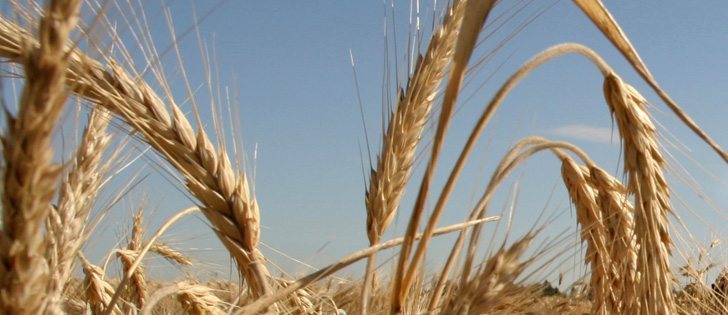Barley and red lentil producers in Western Canada have recently seen several changes to the way their crops are graded and classified.
Last week, the hulless barley class was eliminated from the Official Grain Grading Guide and a new food barley class was added.
The changes were recommended by the Western Standards Committee earlier this year and would take effect at the beginning of the new crop year, said Darryl Beswetherick, program manager with the Canadian Grain Commission.
The existing classification system divides barley into three classes: malting, hulless and general purpose.
Read Also

Fusarium head blight mycotoxin detector in the works
A PhD student at the University of Saskatchewan has been working on developing a method of detecting fusarium damaged kernels to ease the struggles of producers, agronomists and industry.
The hulless class was removed and a new food class was added.
Beswetherick said the changes help the industry promote new barley varieties that have good milling characteristics and were developed specifically for specialty food markets.
“By having the new food (classification), we can now put the title No. 1 Select Food onto certificates,” he said.
“Certain varieties which are bred specifically for food use can now be marketed and graded accordingly.”
Although the market for food barley is small, the Canadian industry expects more barley to be used in products such as soup, bread, bakery products, teas and sochu, a Japanese distilled beverage.
The industry is eager to capture that added value and has been pushing for the new food barley classification to help with marketing and promotion.
Canadian barley breeders have already developed and registered promising new varieties that can be used for food or milling, including CDC Rattan, CDC Fibar and CDC Hilose.
Health authorities in the United States have also authorized a health claim that can be attached to the labels of food products containing barley.
The Canadian barley industry is hoping Health Canada will support a similar claim, which would further support efforts to promote and market specialty barley varieties.
Unlike the malting barley classification, the new food barley class does not have a list of designated varieties.
Malting barley has a designation list that stipulates which varieties can be used for malt.
“We aren’t going to have a designated list for food barley,” Beswetherick said.
“The reason for that is that the market will decide which varieties will go into that class.”
The grain commission also announced grading changes that took affect for red lentils on Aug. 1.
New grading tolerances were added for copper coloured, bleached and wrinkled seeds, which can affect the dehulling process and are therefore less valuable to lentil processors.
Under the new grading system, No. 1 Canada red lentils must contain no more than one percent copper-coloured seeds and no more than three percent bleached and copper-coloured.
Maximum tolerances for No. 2 samples are three percent copper and 10 percent copper and bleached. Samples that exceed those tolerances will be downgraded to Extra No. 3 or No. 3.
New wrinkling tolerances have been set at two percent or less for No. 1 Canada and five percent or less for No. 2 Canada. Wrinkling tolerances are not being applied to Extra No. 3 or No. 3 grades.
Garth Burns, a Saskatchewan lentil producer who chairs the Western Standards Committee’s pulse group, said the new tolerances bring Canadian grading standards in line with standards established in other countries.
However, they also make it more difficult for Canadian growers to qualify for the top two grades.
“This means that the bar now is somewhat higher for us to jump over and we may not see … that top grade as often as we’ve been accustomed to in the past,” said Burns, who farms near Drake, Sask.
“Our direction was to bring our grading more in line with that of our competitors…. That’s what this new grading specification reflects and it was not with my favour, but on the other hand, I know we have to trade with the same standards that they use in other countries.”
Burns said the new grading standards are likely to affect red lentil acreage in the province.
The price spread between No. 2 and No. 3 is often as high as six cents a pound, which is likely to discourage production.
“It’s always nice to get in that top grade or two and get rewarded for it, so yes, this is going to tighten the belt a bit,” he said.
“It’s going to take the cream away from the top, that’s for sure.”
For more information, visit www.grainscanada.gc.ca/index-eng.htm and click on the link entitled What’s New.
















